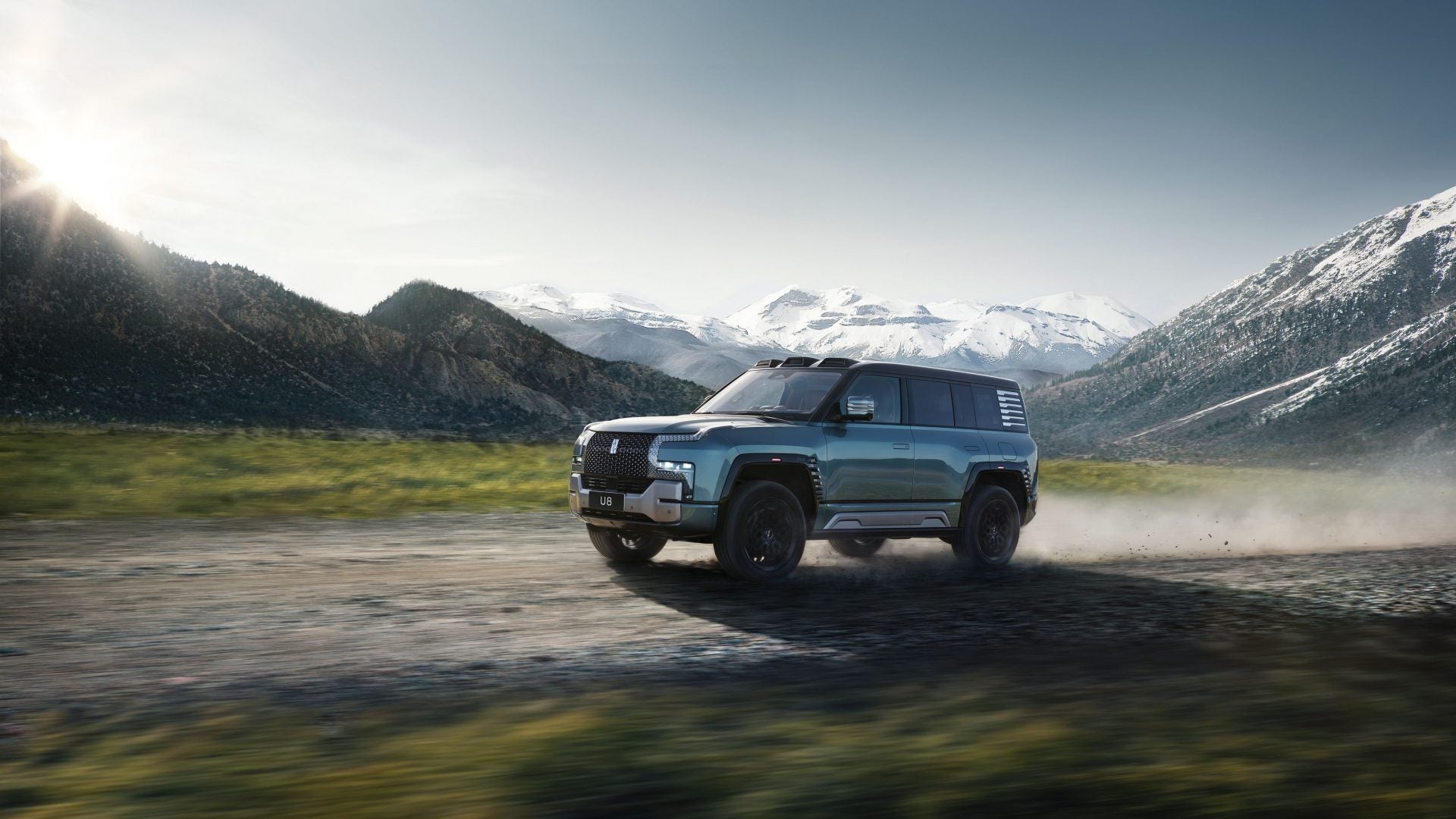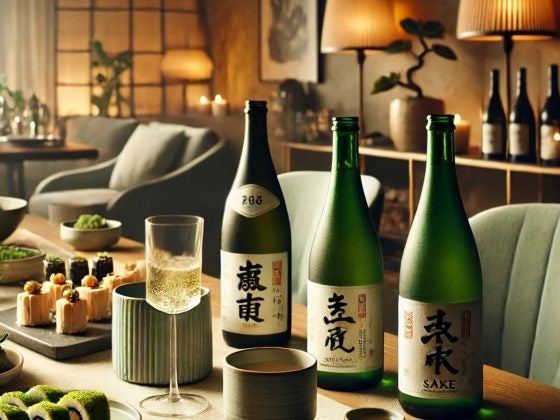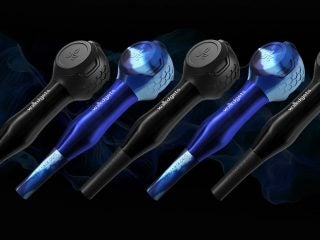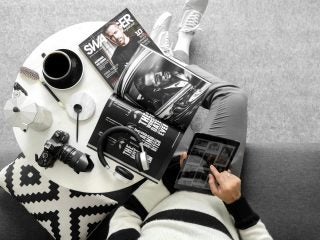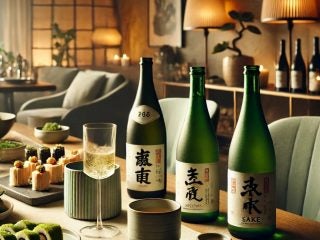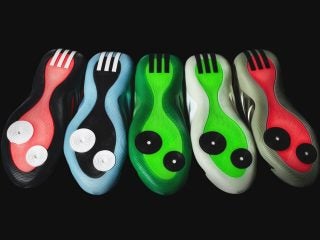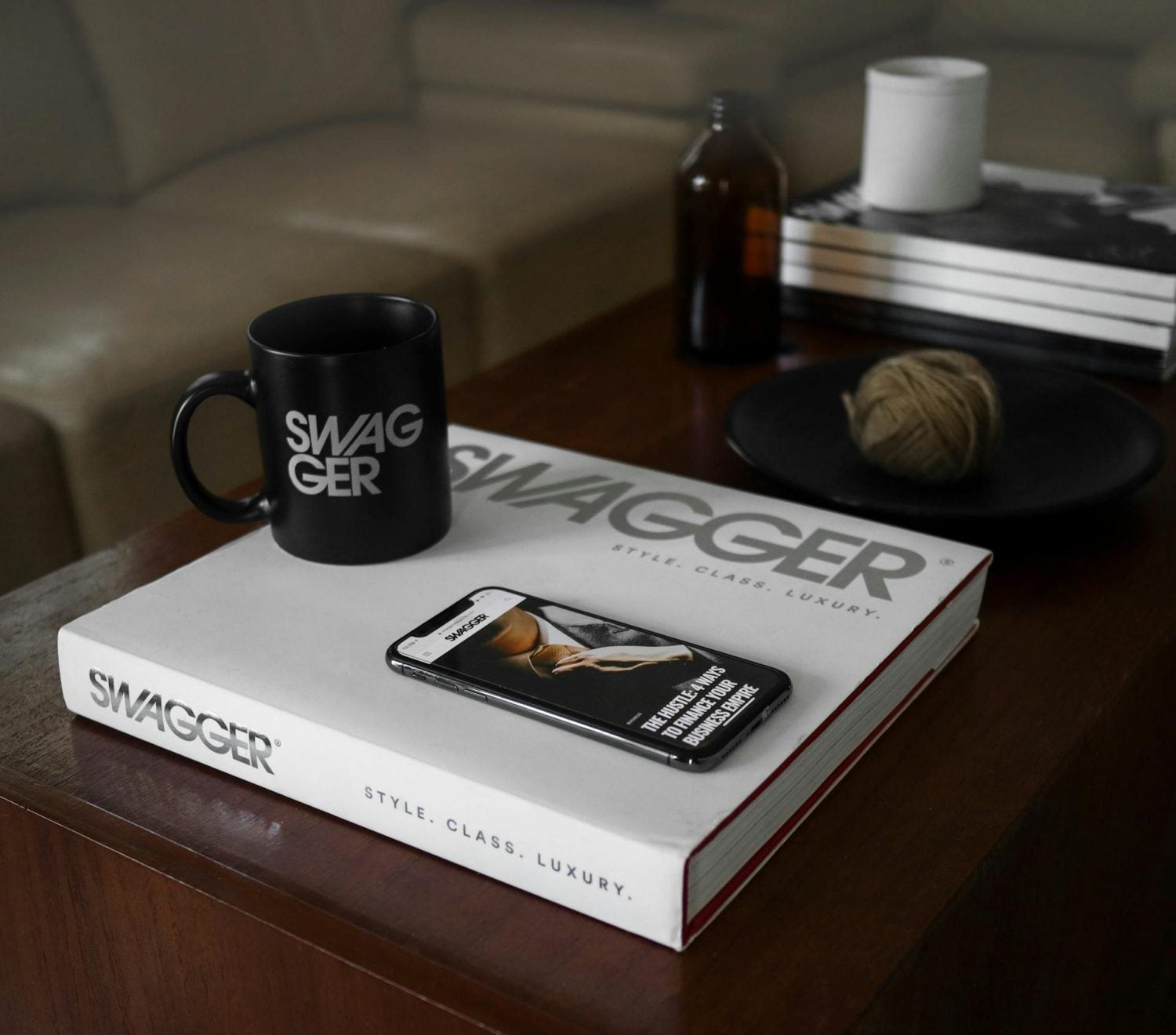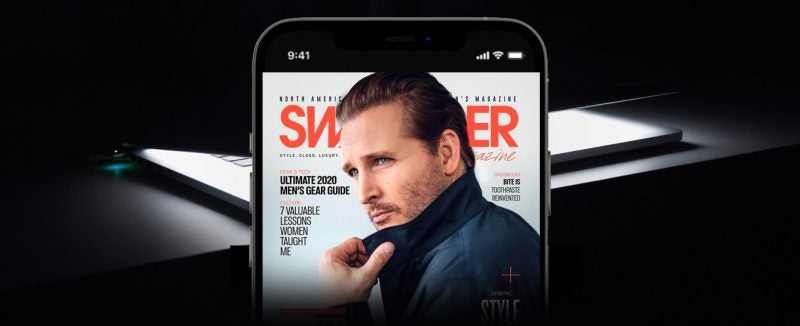Phosphene Design Studio out of Pasadena, California, raised eyes last year with the introduction of a line of toy cars for the visually impaired.
There are nine all together in various shapes, a smooth, white vehicle, a clear one with the surface veneer of frozen ice, a purple car that looks as if it’s studded with diamonds. The whole set was designed by Xander Wang, a designer, along with three fellow designers and engineers.
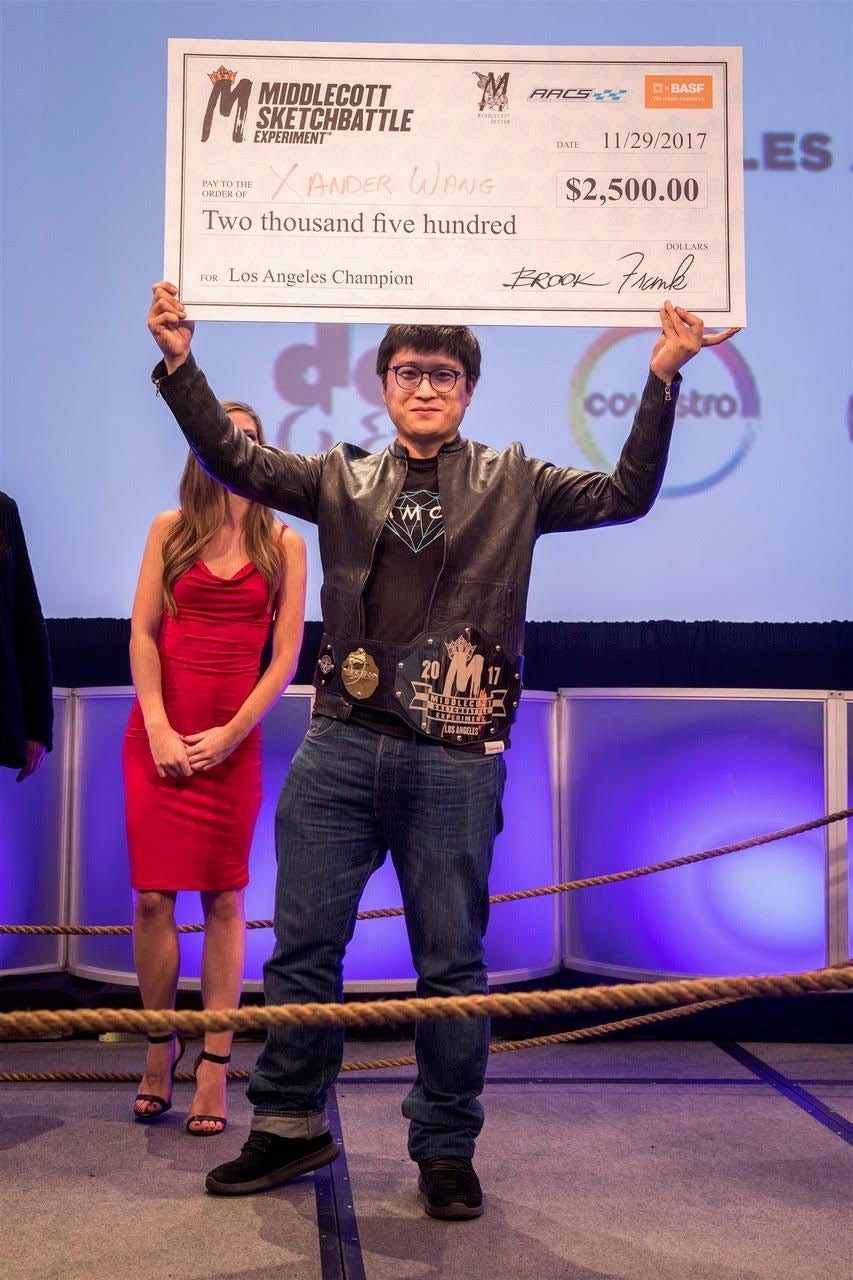
“Phosphere is a toy car collection that was designed for individuals with visual impairments,” says Xander. “For me, it showcases the commitment of me and the team to accessibility.”
The Phosphene collection received a Red Dot Design Award last year. The Red Dot Design Award is one of the world’s largest design competitions. In recognizing Phosphene, the jury noted that each car is a tactile representation of a color made of eco-friendly recycled plastic.
Ultimately, they said the series “impresses with its innovative inclusive design.”
“We were incredibly honored to have received the award, which is a recognition of the design and execution skills of my friends and me,” says Xander. He adds that the team has been encouraged by the accolade, and will now “continue to strive to create more interesting things.”

From Mechanical Engineering to Creative Design
Xander Wang has made a name for himself throughout his career for being versatile and flexible. Born and raised in China, he first pursued a bachelor’s degree in engineering from the China University of Petroleum in Qingdao, a port city on the Yellow Sea. It was here that he developed his skills in manufacturing design. After graduating, he won first place in the annual Dongfeng Nissan Design Competition, an annual contest organized by the Chinese automobile manufacturer. He later received a second bachelor’s. For him, the transition from being an engineer to an automatic designer was natural.
“Transitioning from engineering to automotive design required learning visual storytelling, concept ideation, and aesthetic principles,” recalls Xander. “And later, I learned that working in international automotive teams also presents challenges in balancing market preferences, regulatory requirements, production feasibility and so on,” he adds.
Even as a child though, he loved to sketch cars, and his sketchbooks are full of designs of vehicles drawn late at night, or when stuck in long meetings. “I’ve always had a pure love and passion for cars,” says Xander. This talent for sketching garnered attention soon after he moved to the US. In 2017, Xander won the Los Angeles Sketch Battle, the “Fight Club of Design Competitions.”
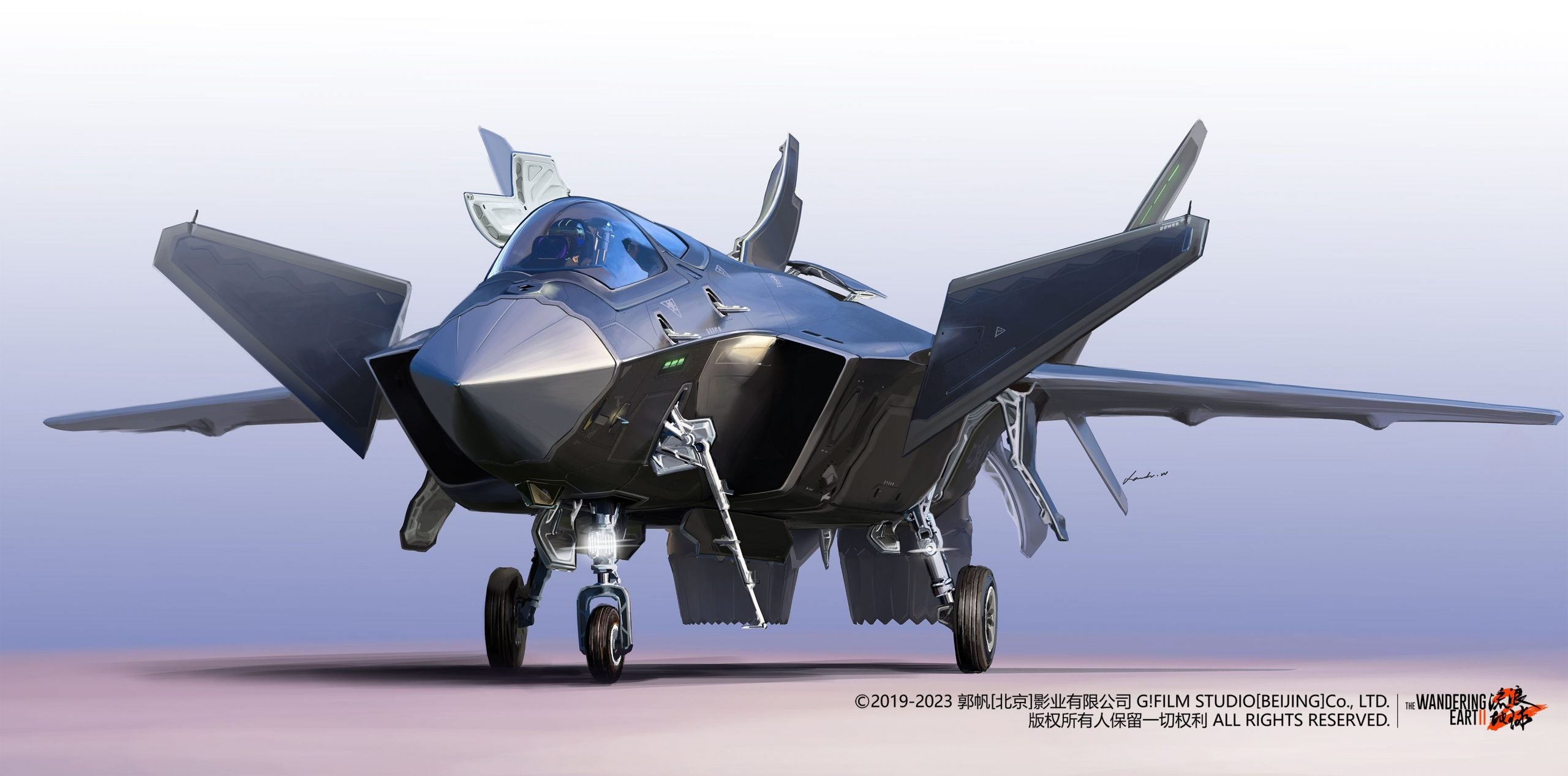
Making Inroads at Car Companies
Xander’s career includes working as a designer at Genesis Motor America in Irvine, California. Here, he worked on exterior and interior design concepts for cars as well as their production. Genesis Motor America is the US branch of the South Korean manufacturer of luxury cars, sedans, SUVs, and electric vehicles. His love of drawing, resilience and persistence allowed him to succeed in the role and to win support from industry peers.
“As an automotive designer, I always keep doing the design I like instead of giving up on the stuff that no company needs for now,” he says. “I’ve made a lot of friends who share the same interests that I do, and I have picked up a lot of new techniques from these connections.”
Three years ago, Xander moved on to BYD North America as a designer, where he focuses on vehicle concept development. BYD stands for Build Your Dreams and it’s the world’s largest maker of electric vehicles and batteries, and the leading manufacturer of battery-electric buses. More than 80,000 buses have been sold to 200 cities across 50 countries across six continents.
At BYD America’s office in Los Angeles, Xander conducts market research to inform design directions, develops concept sketches and digital models, collaborates with engineering teams to align designs with production, and supports prototyping and production validation. He also designed a graphics package for RIDE Mobility, the bus division of BYD, which will be featured on electric buses and school buses in the US. At BYD America, Xander also worked on the company’s U8 full-size luxury SUV manufactured under the Yangwang brand. The car received an iF Design Award, which has been conferred by iF International Forum Design since 1954.
“My work at BYD includes concept development, vehicle styling, and collaboration with engineering teams to align design with production requirements,” Xander says.
A Love Letter to the Aviation Industry

In addition to automotive design, Xander’s talents have also been applied in designing aircraft, albeit fictional ones, at least for the minute. He participated in the fighter jet design for The Wandering Earth 2, a 2023 Chinese science fiction action-adventure film. In this project, Xander’s work contributed to the visual development of the film’s aerospace concepts. The Wandering Earth 2 was among the highest-grossing Chinese films, and its production received industry recognition. It grossed $589.5 million at the Box Office. Xander calls the work his own personal “love letter” to the aviation industry.
“It’s hard to imagine how surreal it is to go from being a sci-fi fan to participating in movie design,” says Xander. For the firm, he also designed a modified version of an VTOL J-20 fighter jet, which he calls a “dream opportunity.”
“We worked on the aircraft’s exterior, interior, cockpit interface, structure, and instructions for the actors in our spare time,” says Xander. “It was one of the most interesting design projects I’ve ever been a part of.”
And he’s hungry for more opportunities. “I really aim to contribute to advanced automotive design and future mobility solutions,” says Xander. In particular, he’s interested in new vehicles that are made of sustainable materials, as well as user experience-driven vehicle designs, and innovative transportation systems.




